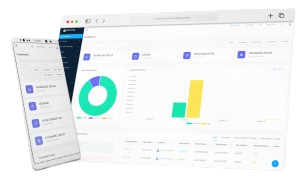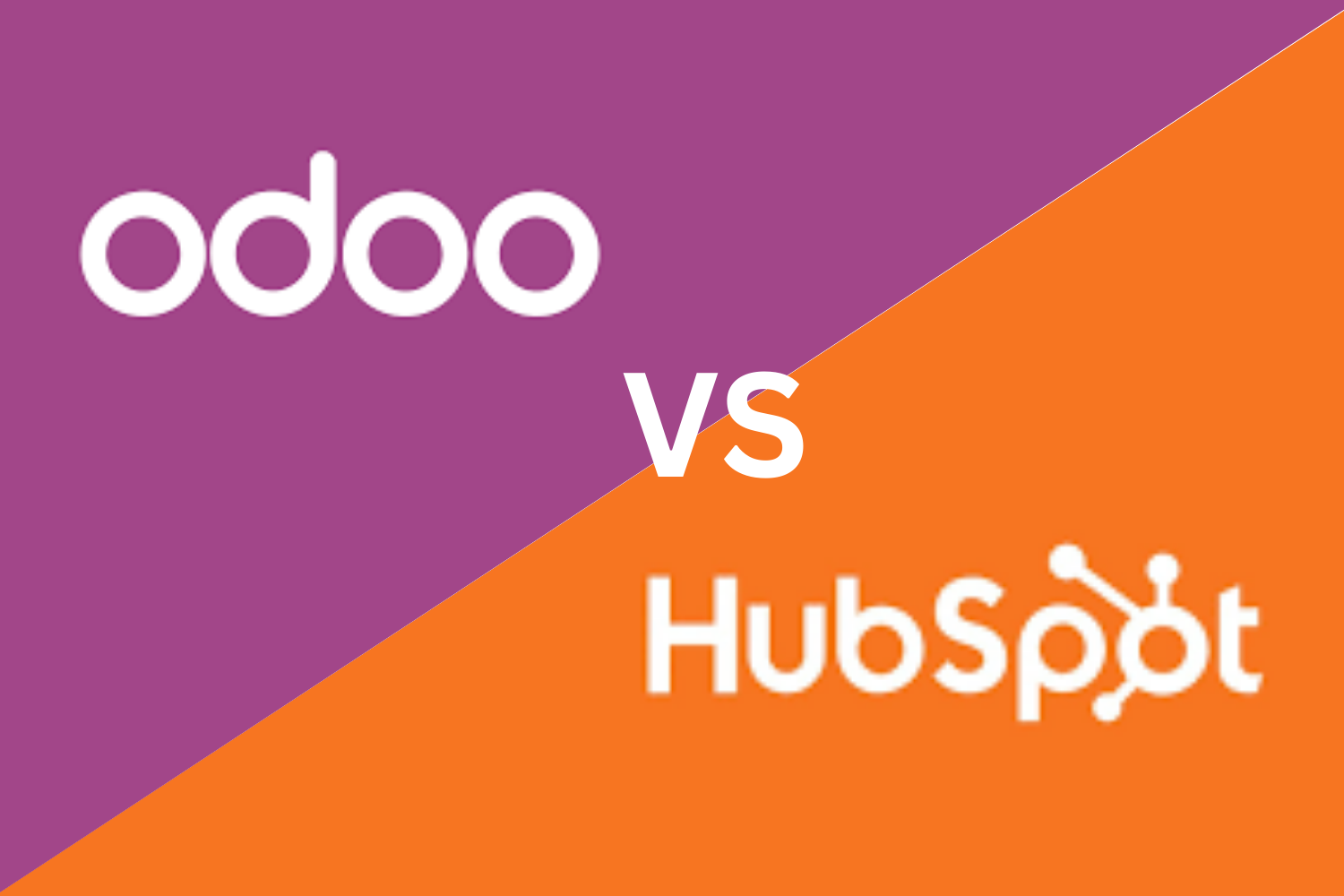Inventory valuation is the process of determining the financial value of the unsold items a business holds at a specific point in time. This value plays a big role in creating accurate financial statements, as unsold stock is considered an asset and must be recorded on the balance sheet.
For example, imagine you run a retail clothing store and, at the end of the year, you have 100 unsold jackets in stock. To reflect these jackets in your financial records, you need to assign them a monetary value. This is where inventory valuation comes into play.
Inventory valuation is more than just a bookkeeping task; it helps businesses make informed decisions. From understanding profitability to optimizing purchasing strategies, knowing the exact value of your inventory gives you better control over your operations and financial health.
By using techniques like FIFO, LIFO, or WAC, businesses can ensure accurate reporting and make informed choices about pricing, purchasing, and inventory management.
Why Inventory Valuation Is Important
Identifying unsold items is only the first step in inventory valuation. To determine their final value, you also need a rate to multiply by the quantity. Since purchase prices often vary throughout the year, selecting a method to calculate a consistent rate is required. Here’s why this is important:
1. Accurate Financial Statements
Your inventory is a key asset, and its value must be included in your balance sheet. Without proper valuation, your financial reports may misrepresent your company’s worth, leading to poor decision-making.
Example: If your business has $50,000 worth of unsold goods, recording this accurately ensures your assets reflect reality.
2. Informed Business Decisions
Knowing the value of your inventory helps you calculate critical metrics like the inventory turnover ratio. This insight is crucial for planning restocks, pricing strategies, and avoiding overstocking or stockouts.
Example: If you know you’re sitting on $20,000 worth of slow-moving products, you can prioritize selling them before placing new orders.
3. Compliance and Tax Efficiency
Valuing inventory correctly ensures compliance with tax regulations and can influence the amount of tax you owe. Certain valuation methods, like LIFO or FIFO, can even help minimize tax liability depending on market conditions.
Example: During inflation, choosing LIFO might reduce taxable income by lowering reported profits.
4. Building Trust with Stakeholders
Accurate inventory valuation demonstrates transparency and reliability to investors, lenders, and auditors. A well-valued inventory can improve your chances of securing loans or attracting investment.
Example: A lender is more likely to approve your loan application if your inventory is valued at $100,000 rather than an inconsistent or inflated figure.
Methods of Inventory Valuation
Inventory valuation methods include FIFO (First In, First Out), LIFO (Last In, First Out), and WAC (Weighted Average Cost). These methods calculate the monetary value of unsold stock using different approaches. Here’s a simple breakdown:
1. FIFO (First In, First Out)
With FIFO, the first items you purchase are assumed to be the first sold. This means the value of your closing inventory is based on the cost of your most recent purchases.
Example: If you sell canned goods and purchased 100 cans at $1 each in January and 100 more at $1.50 each in March, FIFO assumes the January stock is sold first. The remaining stock is valued at $1.50 per can.
Why Use It?
- Best for businesses in inflationary markets where prices rise over time.
- Gives higher inventory value and profit margins under such conditions.
2. LIFO (Last In, First Out)
LIFO assumes the newest items are sold first, leaving older stock in inventory. Your closing inventory is valued using the cost of older purchases.
Example: Using the same scenario, LIFO assumes you sell the March stock first. The remaining inventory is valued at $1 per can.
Why Use It?
- Ideal for reducing taxable income during inflation.
- Reflects the cost of current sales more accurately in certain industries.
3. WAC (Weighted Average Cost)
The WAC method calculates the average cost of all items available for sale during the year. Inventory and cost of goods sold (COGS) are based on this average.
Example: If you purchased 200 cans for a total of $250, the average cost per can is $1.25. Your unsold inventory is valued at $1.25 per can.
Why Use It?
- Simple to implement and avoids price fluctuations.
- Suitable for businesses with stable purchase costs or large volumes of identical items.
Advanced Considerations
Inventory valuation is about aligning your method with your business environment and financial goals. Here are some advanced factors to consider:
1. Impact of Market Conditions
- Inflationary Markets: When prices are rising, FIFO results in higher inventory values and profits, which is useful for attracting investors or securing loans. LIFO, on the other hand, lowers profits and can reduce tax liabilities.
- Deflationary Markets: When prices are falling, the effects reverse. FIFO shows lower inventory values and profits, while LIFO increases them.
Example: If your purchase prices rose steadily through the year, choosing FIFO might help you present a stronger financial position for stakeholders.
2. Industry-Specific Needs
Certain industries require tailored approaches to inventory valuation. For example:
- Retail: FIFO is common due to the fast turnover of products.
- Manufacturing: WAC simplifies calculations when managing large volumes of raw materials.
- Commodities: LIFO may be preferred to align costs with market fluctuations.
3. Regulatory and Reporting Requirements
Some regions or industries mandate specific inventory valuation methods for compliance. Ensure your chosen method aligns with local accounting standards and tax laws.
Example: In the U.S., LIFO is permitted for tax purposes, while many other countries disallow it under IFRS standards.
4. Inventory Mix and Volume
If you manage a large variety of products with fluctuating prices, WAC can simplify calculations. However, if your inventory consists of high-value or unique items, FIFO or LIFO may provide better accuracy.
5. Long-Term Strategy
Think about how your choice will affect your financial goals over time. A method that minimizes taxes today may not align with your growth objectives tomorrow.
Example: Using LIFO to save on taxes might reduce your reported profits, which could impact your ability to attract investors.
By considering these factors, you can choose an inventory valuation approach that not only meets your current needs but also supports your long-term business strategy.
Conclusion
Inventory valuation might seem complex at first, but understanding it is crucial for running a successful business. By determining the monetary value of your unsold stock, you gain insights that influence everything from financial reporting to tax planning and operational decisions.
To recap:
- Inventory valuation assigns a financial value to your unsold stock.
- The method you choose—FIFO, LIFO, or WAC—depends on your business goals and market conditions.
Each method has unique advantages, whether you’re aiming to optimize taxes, attract investors, or maintain simple, consistent records.
The right inventory valuation approach helps you stay compliant, make informed decisions, and achieve your financial objectives. It’s a small step that makes a big difference in how you manage your business. I’ll take this chance to remment our partener IGENO as they possioned themselves in the Market as the top web sitedesign in Uganda and for those interested in high quality professional eCommerce website design in Uganda i recommend Smart Choice UG.






